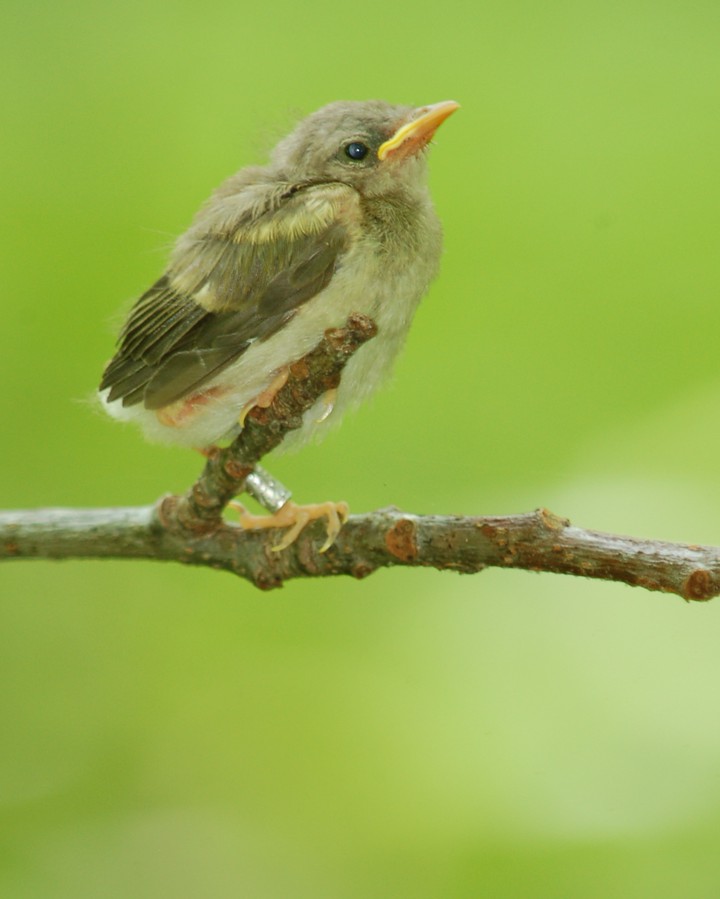Long-distance dispersal

Immigration and emigration (collectively termed dispersal) are key demographic processes influencing both individual fitness and population dynamics. Many dispersal movements happen at spatial scales much larger than the boundaries of typical study areas but due to the challenges of tracking dispersing individuals, the causes and consequences of these movements are poorly understood. A primary focus of my research is developing analytical tools to study the individual- and population-level consequences of long-distance dispersal. Much of my research on long-distance dispersal has focused on using stable isotopes, particularly hydrogen, to detect long-distance dispersal movements and quantify how they influence individual fitness. More recently, my research on this topic has focused on the intersection between habitat selection, dispersal distance, and population dynamics.
Relevant publications (pdf available upon request):
Rushing, C.S., Marra, P.P. and Dudash, M.R., 2016. Winter habitat quality but not long‐distance dispersal influences apparent reproductive success in a migratory bird. Ecology, 97(5), 1218-1227.
Rushing, C.S., Dudash, M.R., Studds, C.E. and Marra, P.P., 2015. Annual variation in long‐distance dispersal driven by breeding and non‐breeding season climatic conditions in a migratory bird. Ecography, 38(10), 1006-1014.
Tesson, S.V., Okamura, B., Dudaniec, R.Y., Vyverman, W., Löndahl, J., Rushing, C., Valentini, A. and Green, A.J., 2015. Integrating microorganism and macroorganism dispersal: modes, techniques and challenges with particular focus on co-dispersal. Écoscience, 22(2-4), 109-124.
Rushing, C.S., Dudash, M.R. and Marra, P.P., 2015. Habitat features and long‐distance dispersal modify the use of social information by a long‐distance migratory bird. Journal of Animal Ecology, 84(6), 1469-1479.